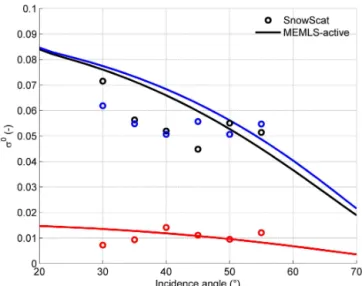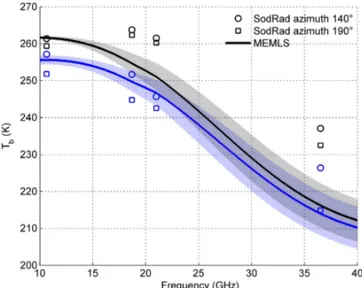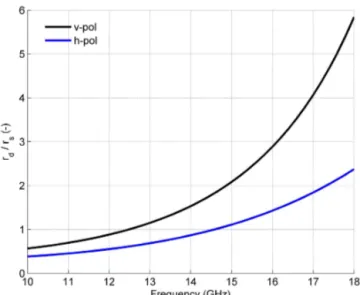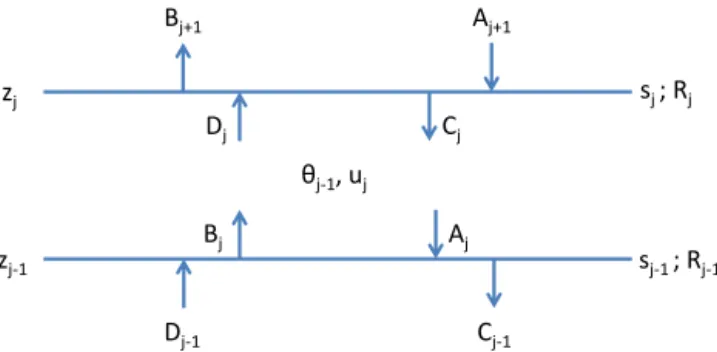MEMLS3&a: Microwave Emission Model of Layered Snowpacks adapted to include backscattering
Texto
Imagem
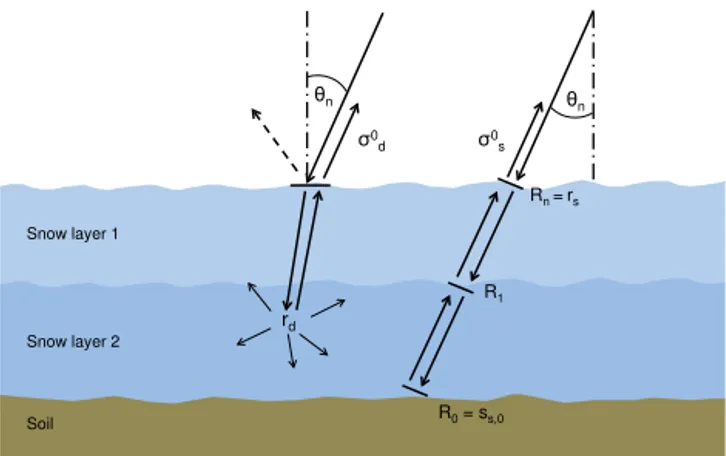
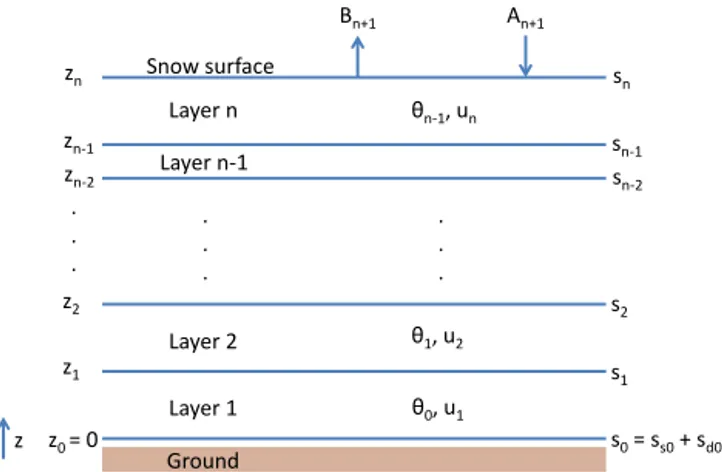
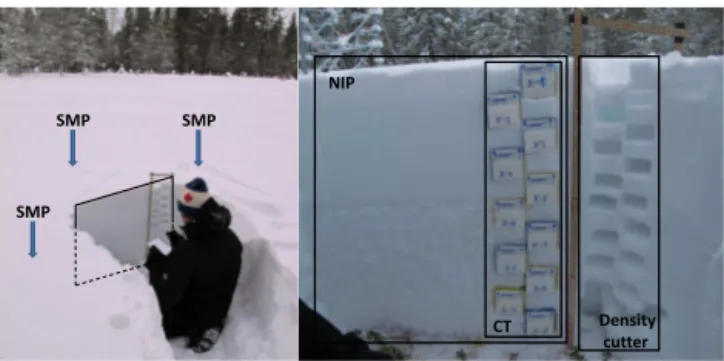
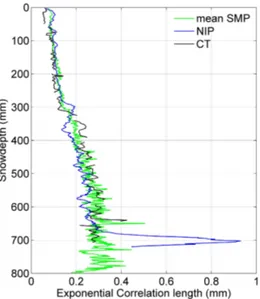
Documentos relacionados
The results of simulations based on such model are compared to those of the new model (Model 2), which, in addition to the explanatory variables of the previous model, includes
Here, we use airborne radar altimetry data and snow density measurements de- rived from snow/firn cores and neutron-probe observations obtained over the dry snow zone of the GrIS
uous broadleaf forests, notably related to the scaling of the initial carbon pool content (Sect. 3.1; Kuppel et al., 2012), while GPP is less drastically reduced, in close
NARR data were input to the SNTHERM snow thermo- dynamic model in order to drive the MSIB model for compar- ison to detailed geophysical measurements and surface-based observations
Hydrologic response data include hourly stream discharge from the catchment outlet weir, continuous snow depths from one location, intermittent snow depths from 5 locations, and
How to fuse all kinds of snow information (snow depth measurements from meteorological stations and derived from passive microwave sensors, and MODIS SCA products) to produce snow
The thermodynamic snow model SNTHERM and the microwave emission model for layered snowpacks (MEMLS) were used to identify the contribution of regional patterns in atmospheric
In contrast to the stan- dard cloud microphysics of the COSMO model, which in- stantaneously transfers the meltwater from the snow to the rain category, the new scheme

